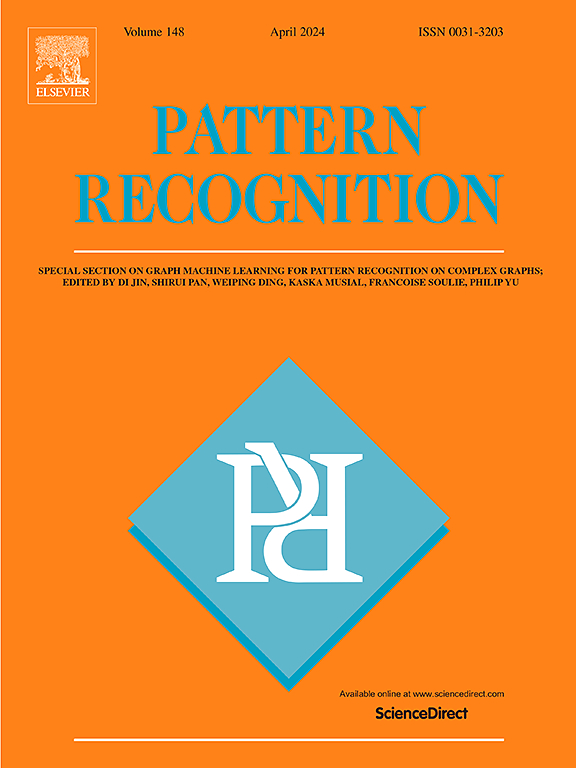Trace Back and Go Ahead: Completing partial annotation for continual semantic segmentation
IF 7.5
1区 计算机科学
Q1 COMPUTER SCIENCE, ARTIFICIAL INTELLIGENCE
引用次数: 0
Abstract
Existing Continual Semantic Segmentation (CSS) methods effectively address the issue of background shift in regular training samples. However, this issue persists in exemplars, i.e., replay samples, which is often overlooked. Each exemplar is annotated only with the classes from its originating task, while other past classes and the current classes during replay are labeled as background. This partial annotation can erase the network’s knowledge of previous classes and impede the learning of new classes. To resolve this, we introduce a new method named Trace Back and Go Ahead (TAGA), which utilizes a backward annotator model and a forward annotator model to generate pseudo-labels for both regular training samples and exemplars, aiming at reducing the adverse effects of incomplete annotations. This approach effectively mitigates the risk of incorrect guidance from both sample types, offering a comprehensive solution to background shift. Additionally, due to a significantly smaller number of exemplars compared to regular training samples, the class distribution in the sample pool of each incremental task exhibits a long-tailed pattern, potentially biasing classification towards incremental classes. Consequently, TAGA incorporates a class-equilibrium sampling strategy that adaptively adjusts the sampling frequencies based on the ratios of exemplars to regular samples and past to new classes, counteracting the skewed distribution. Extensive experiments on two public datasets, Pascal VOC 2012 and ADE20K, demonstrate that our method surpasses state-of-the-art methods.
追溯和继续:为连续的语义分割完成部分注释
现有的连续语义分割(CSS)方法有效地解决了常规训练样本的背景偏移问题。然而,这个问题在示例中仍然存在,即重播样本,这经常被忽视。每个示例仅使用来自其原始任务的类进行注释,而重播期间的其他过去类和当前类则标记为背景。这种部分注释会擦除网络对以前类的知识,阻碍对新类的学习。为了解决这个问题,我们引入了一种名为Trace Back and Go Ahead (TAGA)的新方法,该方法利用向后注释器模型和向前注释器模型为常规训练样本和样例生成伪标签,旨在减少不完整注释的不利影响。这种方法有效地降低了来自两种样本类型的错误指导的风险,为背景转移提供了一个全面的解决方案。此外,由于与常规训练样本相比,样本数量明显减少,每个增量任务的样本池中的类分布呈现长尾模式,可能会使分类偏向增量类。因此,TAGA结合了一种类别均衡抽样策略,该策略根据样本与常规样本的比例以及过去与新类别的比例自适应调整抽样频率,以抵消偏态分布。在两个公共数据集Pascal VOC 2012和ADE20K上进行的大量实验表明,我们的方法超越了最先进的方法。
本文章由计算机程序翻译,如有差异,请以英文原文为准。
求助全文
约1分钟内获得全文
求助全文
来源期刊

Pattern Recognition
工程技术-工程:电子与电气
CiteScore
14.40
自引率
16.20%
发文量
683
审稿时长
5.6 months
期刊介绍:
The field of Pattern Recognition is both mature and rapidly evolving, playing a crucial role in various related fields such as computer vision, image processing, text analysis, and neural networks. It closely intersects with machine learning and is being applied in emerging areas like biometrics, bioinformatics, multimedia data analysis, and data science. The journal Pattern Recognition, established half a century ago during the early days of computer science, has since grown significantly in scope and influence.
 求助内容:
求助内容: 应助结果提醒方式:
应助结果提醒方式:


